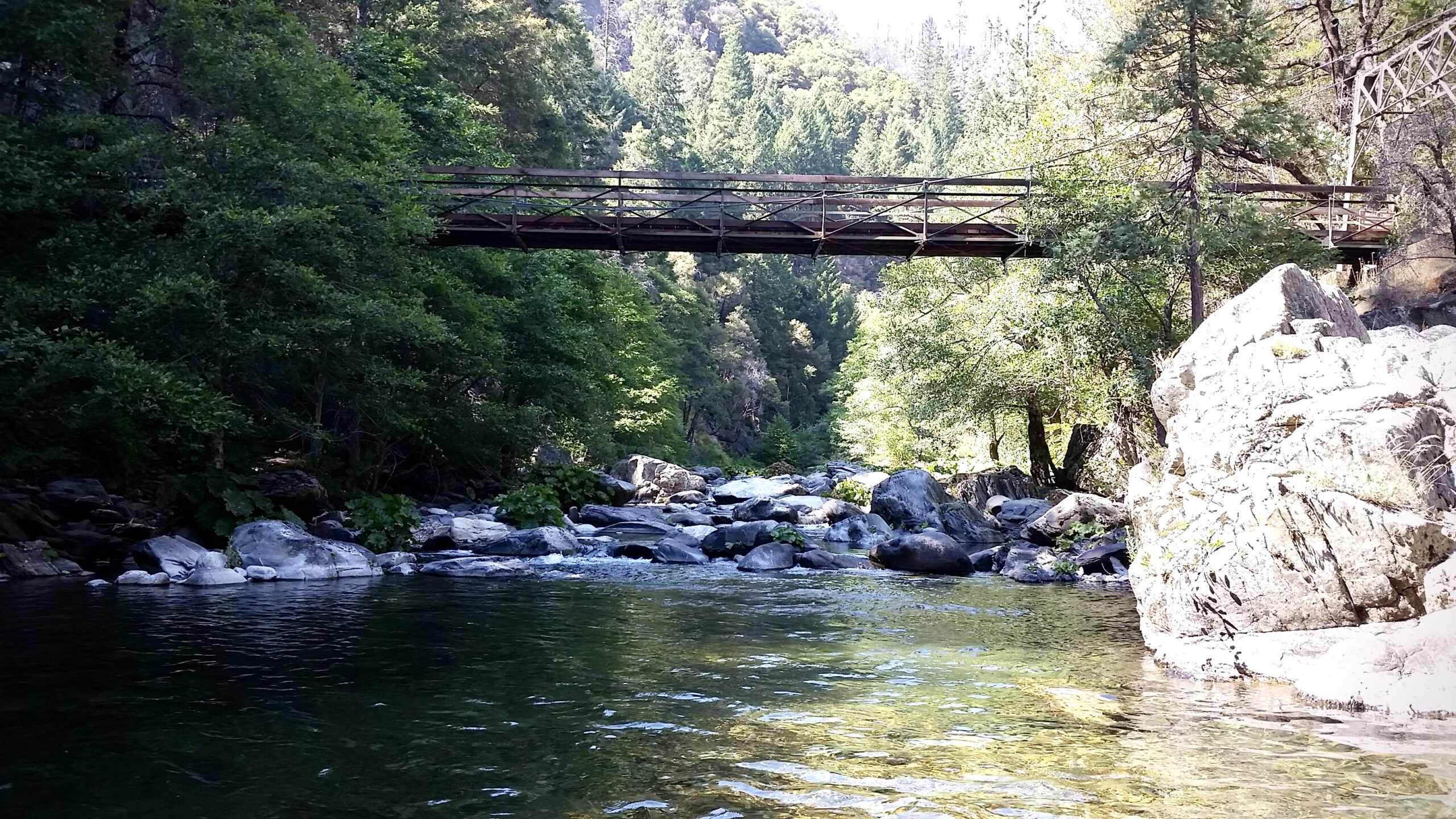An often-overlooked ultrarunning skill that I have observed is the ability to manage transitions. Most ultramarathons, particularly trail events, require athletes to shift from one type of environment to another relatively quickly and often without warning. In preparing for these races, it is important for runners to have practiced making these transitions in training to make them more fluid on race day.
One of the best examples of the importance of managing transitions can be seen at the Western States 100 in the most infamous (and often overhyped) section of the Western States course called the “canyons.” This part of the race, spanning about 19 miles between mile 43 and mile 62, requires runners to traverse three deep canyons, typically during the hottest part of the day, one after another.
In my experience, the crux of these three canyon crossings comes at the bottom of each canyon after the runners have enjoyed a smooth downhill run. In each canyon, Deadwood, El Dorado, and Volcano, the course forces participants to transition quickly from fast downhill running to arduous uphill running/walking within seconds. Additionally in all three places, the steepest parts of the climbs are immediately after they begin. The most challenging part of these experiences is how much these abrupt changes in terrain impact momentum. For the unprepared runner, these sections can be debilitating and demoralizing. Therefore, to be successful at Western States, preparing for these transitions in training is essential.
Over the past year, most of us have been forced to adjust to unexpected and often difficult transitions without warning and often with no training in how to manage them. The COVID-19 pandemic has forced many of us into unfamiliar territory and made adjusting to novel circumstances almost normal. I believe that for those of us who have been through unexpected transitions before, either of our own design or those forced upon us, we have been better prepared to manage the disruptive nature of these changes and have come out the other side with a bit more stability and purpose. And, for those of us who have not been trained in transition management, these times have been exponentially more difficult.
While the challenges we have faced over the last year are many, from my perspective, this is one of those times when our training in ultramarathon running and the skills developed there can be successfully integrated into the rest of our lives and can give us a chance to successfully manage whatever might be coming at us. When I think back on my years running Western States, I can recall the feeling in my gut every time I crossed the Swinging Bridge at the bottom of Deadwood Canyon and looked ahead to the arduous two-mile, 1,800-foot climb up to Devil’s Thumb. It was a feeling of simultaneous dread and hope. I have to believe that those experiences of managing paradoxical emotions in the midst of a 100-mile run prepared me a bit better for whatever may be lurking around the next corner of this weird, winding trail we’re all navigating.
Bottoms up!
AJW’s Beer of the Week
 This week’s Beer of the Week comes from Dragoon Brewing Company in Tucson, Arizona. Their Refraction pale ale is a crisp, refreshing American Pale Ale brewed in the style of some of the classics like Sierra Nevada with a rich hoppy aroma and a fruity taste. Not a fruit beer, per se, Refraction goes down smooth and is the perfect after-run beer on a warm desert afternoon.
This week’s Beer of the Week comes from Dragoon Brewing Company in Tucson, Arizona. Their Refraction pale ale is a crisp, refreshing American Pale Ale brewed in the style of some of the classics like Sierra Nevada with a rich hoppy aroma and a fruity taste. Not a fruit beer, per se, Refraction goes down smooth and is the perfect after-run beer on a warm desert afternoon.
Call for Comments
- What geographic, terrain, or other kinds of transitions have been memorable in races for you?
- And what has transitioning been like for you during the COVID-19 pandemic?

